Ring blower system is widely used in industrial environments where clean, oil-free, and continuous airflow is required. It plays a crucial role in processes such as aeration, drying, vacuum lifting, pneumatic conveying, and cooling. Yet, the efficiency, stability, and lifespan of the entire system do not rely solely on the blower itself. The choice of high-quality accessories and suitable materials directly affects the blower’s performance, safety, and maintenance needs.
This article provides a comprehensive overview of key ring blower accessories, their functions and material.
A complete ring blower setup often includes several essential accessories designed to improve performance, ensure safety, and extend operational lifespan. The most common components are:
Muffler
Relief Valve
Air Filter
Pipe Connector / Elbow Connector
Variable Frequency Drive (VFD)
Air Knife
Each accessory plays a unique and crucial role in maintaining stable airflow, reducing mechanical strain, and ensuring clean and controlled operation.
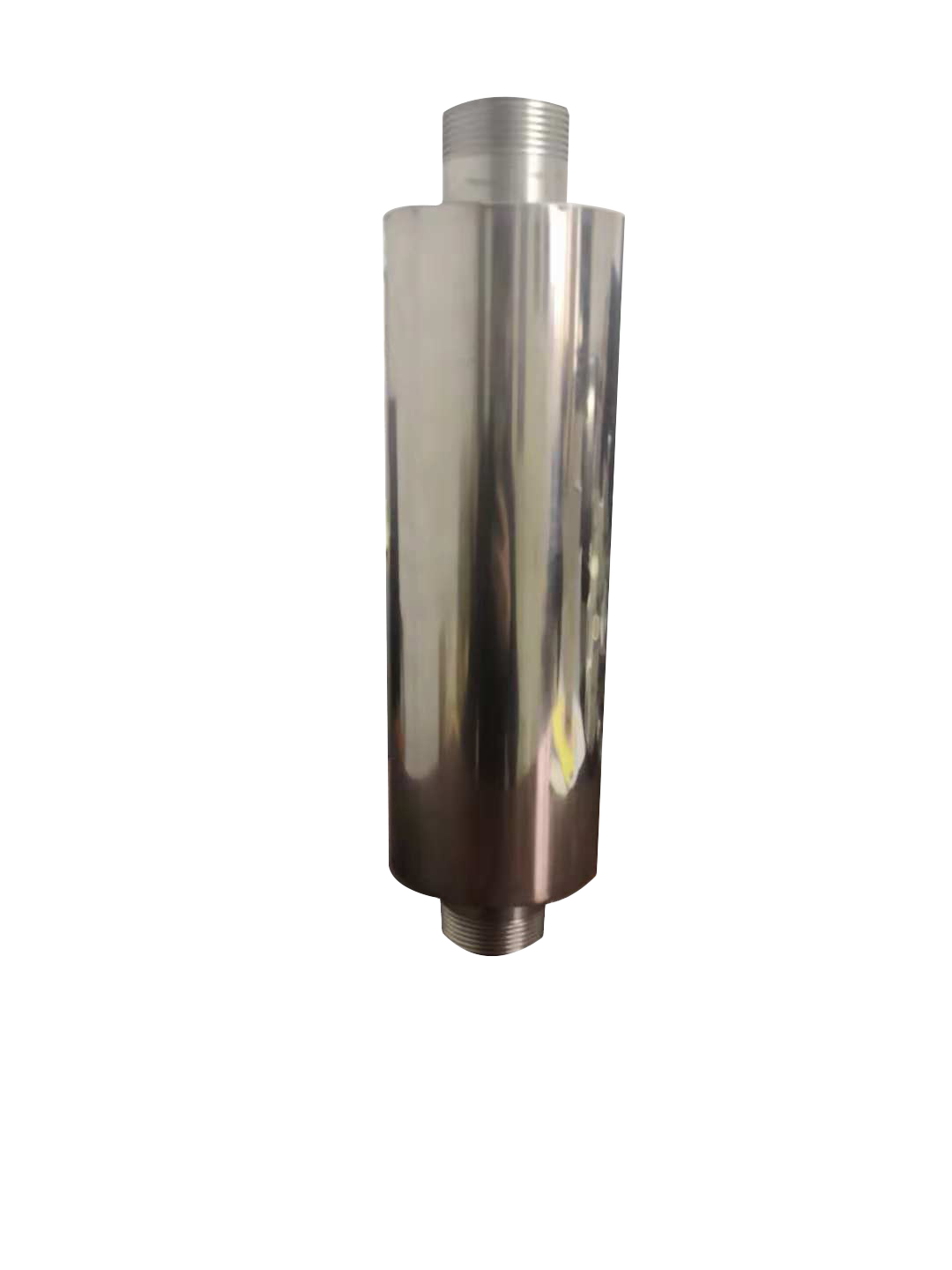
The muffler is designed to minimize the noise generated by high-velocity air exiting the blower. It reduces the acoustic pressure created during suction and discharge, ensuring quieter operation—an important factor in industrial environments where machinery noise can be disruptive.
By using advanced acoustic damping materials and aerodynamic internal structures, the muffler not only suppresses sound but also helps maintain consistent airflow without creating significant backpressure.
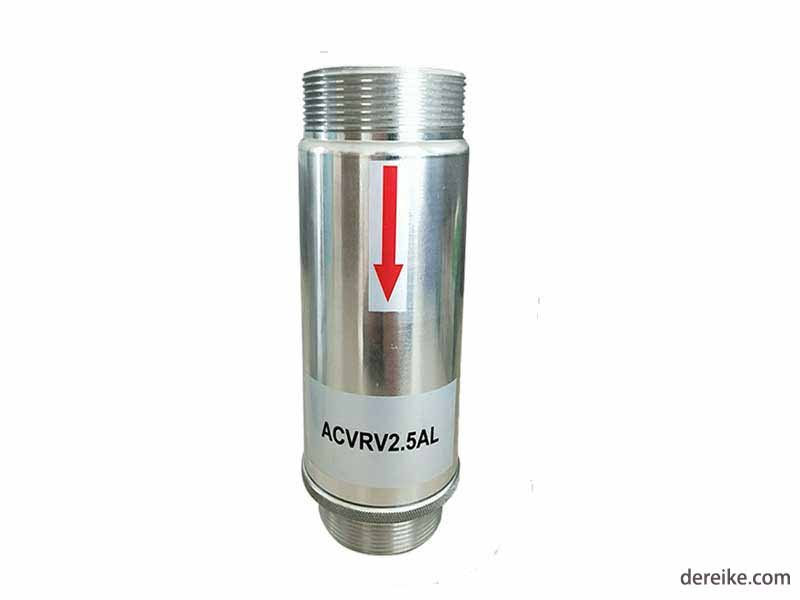
The relief valve acts as a safety device that prevents excessive pressure buildup in the blower system. When the air pressure exceeds the preset limit, the valve automatically opens, releasing air to prevent motor overload or damage to internal impellers.
Relief valves are often adjustable and can be configured for both pressure and vacuum operations, providing real-time pressure control in dynamic systems.
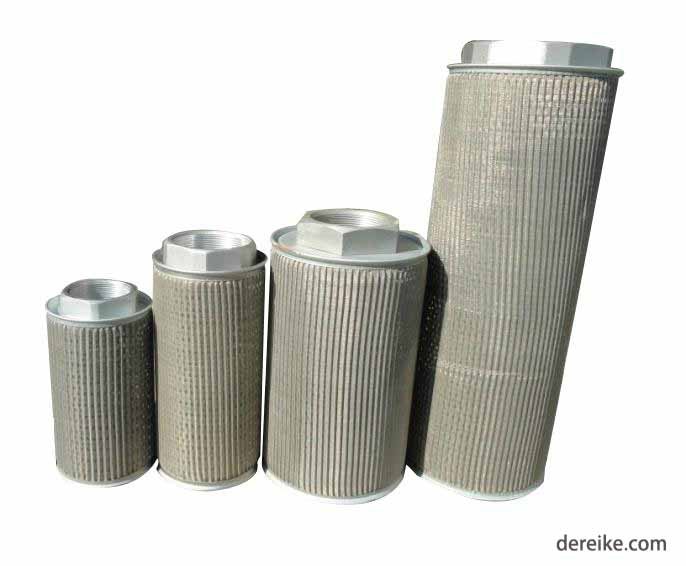
The air filter is critical for preventing dust, moisture, and other contaminants from entering the blower chamber. Clean air intake not only improves blower performance but also extends the service life of the impeller and bearings.
Different filtration levels are available depending on environmental conditions—ranging from coarse pre-filters to fine microfilters for sensitive applications like medical equipment, food processing, or electronics manufacturing.
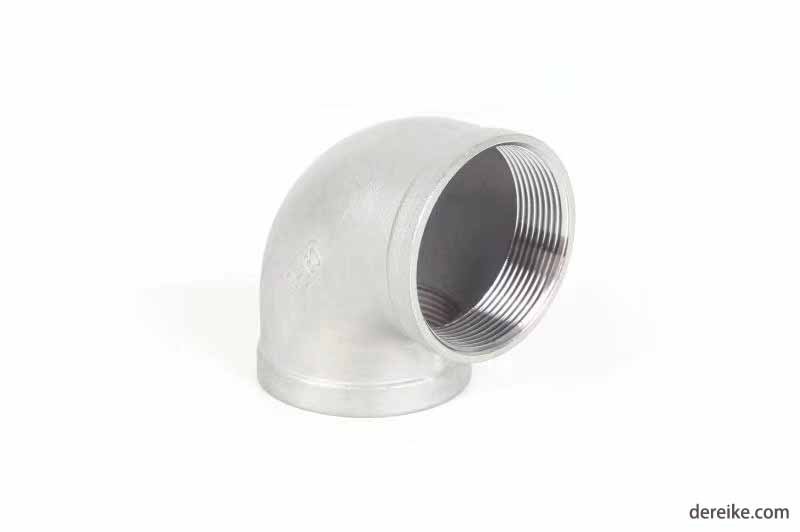
Elbow connectors or pipe joints ensure secure and leak-free air connections between components. They allow for flexible installation layouts and optimal airflow direction, minimizing air turbulence and backpressure.
Well-designed connectors help reduce vibration transmission, contributing to a stable and efficient air circuit throughout the system.
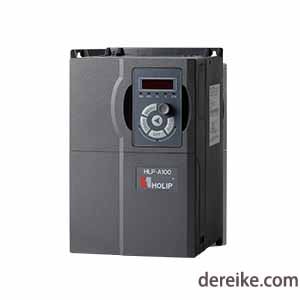
The VFD enables precise control over the blower’s operating speed and power consumption. By adjusting the motor frequency, the VFD allows for energy-efficient operation, soft starting, and dynamic performance tuning.
This accessory is particularly valuable in systems with fluctuating air demands, helping maintain consistent pressure without unnecessary energy waste.
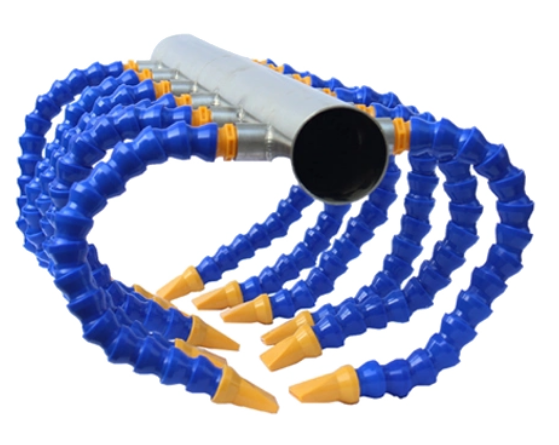
The air knife is an accessory often used with ring blowers for high-velocity air applications such as surface drying, cooling, or cleaning. By producing a uniform sheet of air, it delivers consistent pressure across a wide area.
Air knives can be customized in length and angle to fit specific process requirements, ensuring effective and even distribution of air.
The materials used in these components play a decisive role in their durability, corrosion resistance, and suitability for various environments. Below is an overview of the typical materials for each accessory:
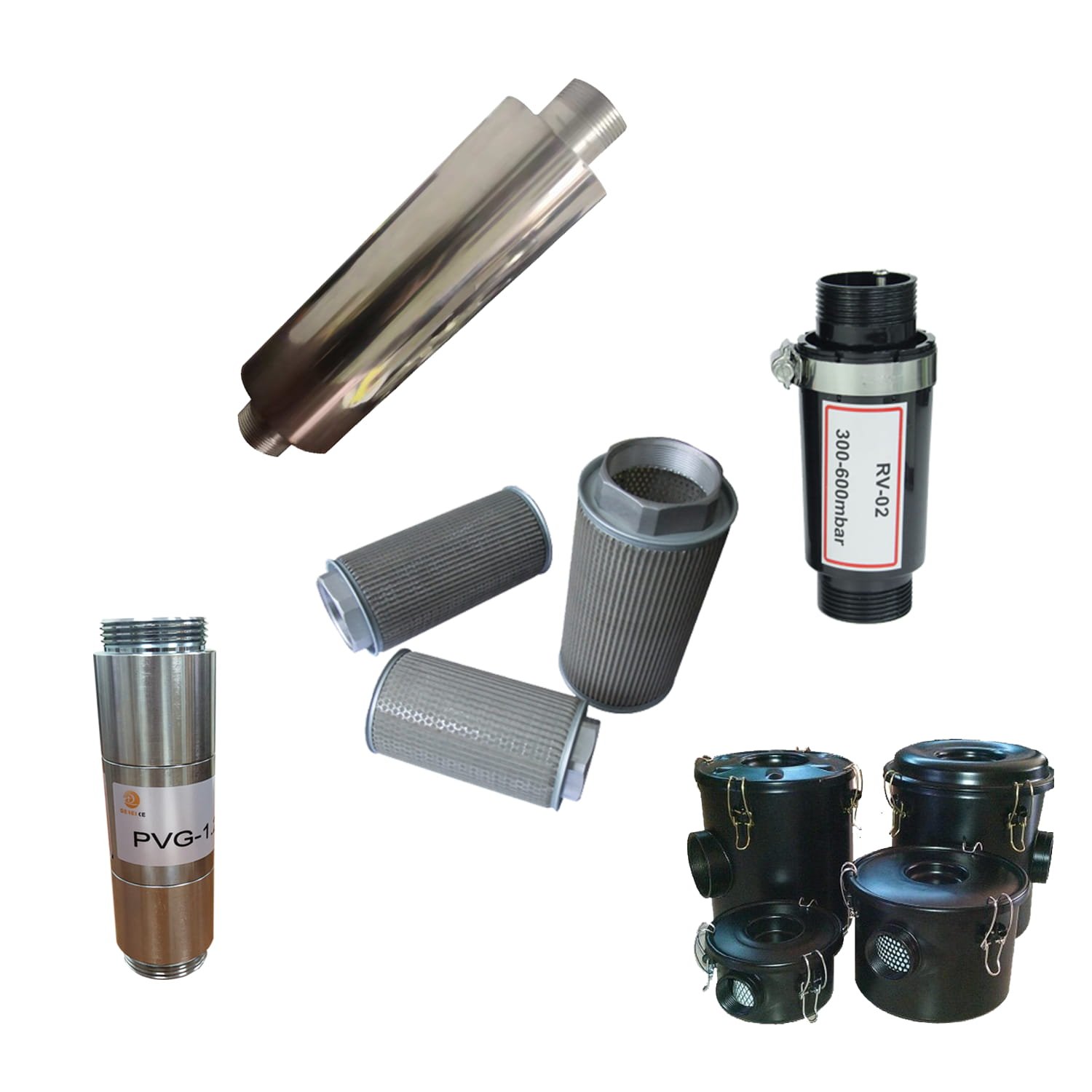
| Accessory | Common Materials | Key Properties |
|---|---|---|
| Muffler | Stainless Steel | Corrosion-resistant, heat-resistant, and durable under high pressure. |
| Air Filter (Standard) | Aluminum Alloy | Lightweight, corrosion-resistant, and excellent heat dissipation. |
| Vacuum Filter | Ordinary Steel | Economical, strong, and suitable for standard air filtration environments. |
| Relief Valve | Plastic / Aluminum Alloy | Plastic for light-duty and corrosion-prone environments; aluminum for industrial-grade durability. |
| Air Knife | Aluminum Alloy / Stainless Steel | Aluminum for lightweight, general use; stainless steel for high humidity or food-grade applications. |
When choosing accessory materials, it’s crucial to consider the operating environment:
Corrosive environments such as chemical plants or wastewater treatment facilities demand stainless steel accessories for maximum resistance.
General industrial environments can benefit from aluminum alloy components, balancing durability and cost-effectiveness.
Cleanroom or food-grade settings require stainless steel filters, air knives, and fittings that meet hygienic standards.
Light-duty or portable applications may use plastic relief valves or connectors for lower weight and cost efficiency.
Proper material selection not only enhances reliability but also prevents premature wear, corrosion, and energy loss over time.
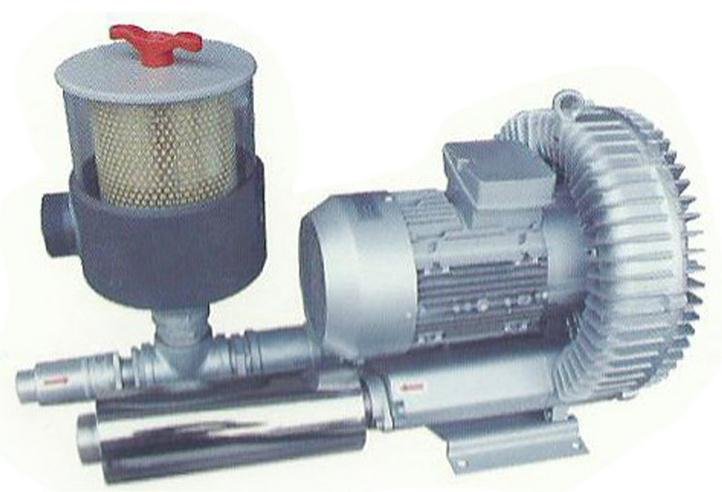
A well-configured ring blower system is more than the sum of its parts. The synergy between accessories ensures smooth operation:
The air filter protects the blower from contaminants, while the muffler ensures quiet output.
The relief valve provides safety control, and the VFD optimizes energy consumption.
Elbow connectors enable flexible installation, and air knives deliver application-specific airflow.
This integrated approach results in higher efficiency, reduced downtime, and prolonged equipment lifespan.
The ring blower system operates at its best when complemented by the right accessories—each crafted from materials suited to its purpose and environment. Mufflers, relief valves, air filters, connectors, VFDs, and air knives all contribute to maintaining performance, safety, and longevity.
Choosing accessories made from stainless steel, aluminum alloy, or other durable materials ensures optimal resistance to corrosion, temperature, and wear. Whether the goal is noise reduction, energy efficiency, or precision airflow, understanding the role and material composition of each accessory is essential for achieving peak operational performance in any industrial setting.